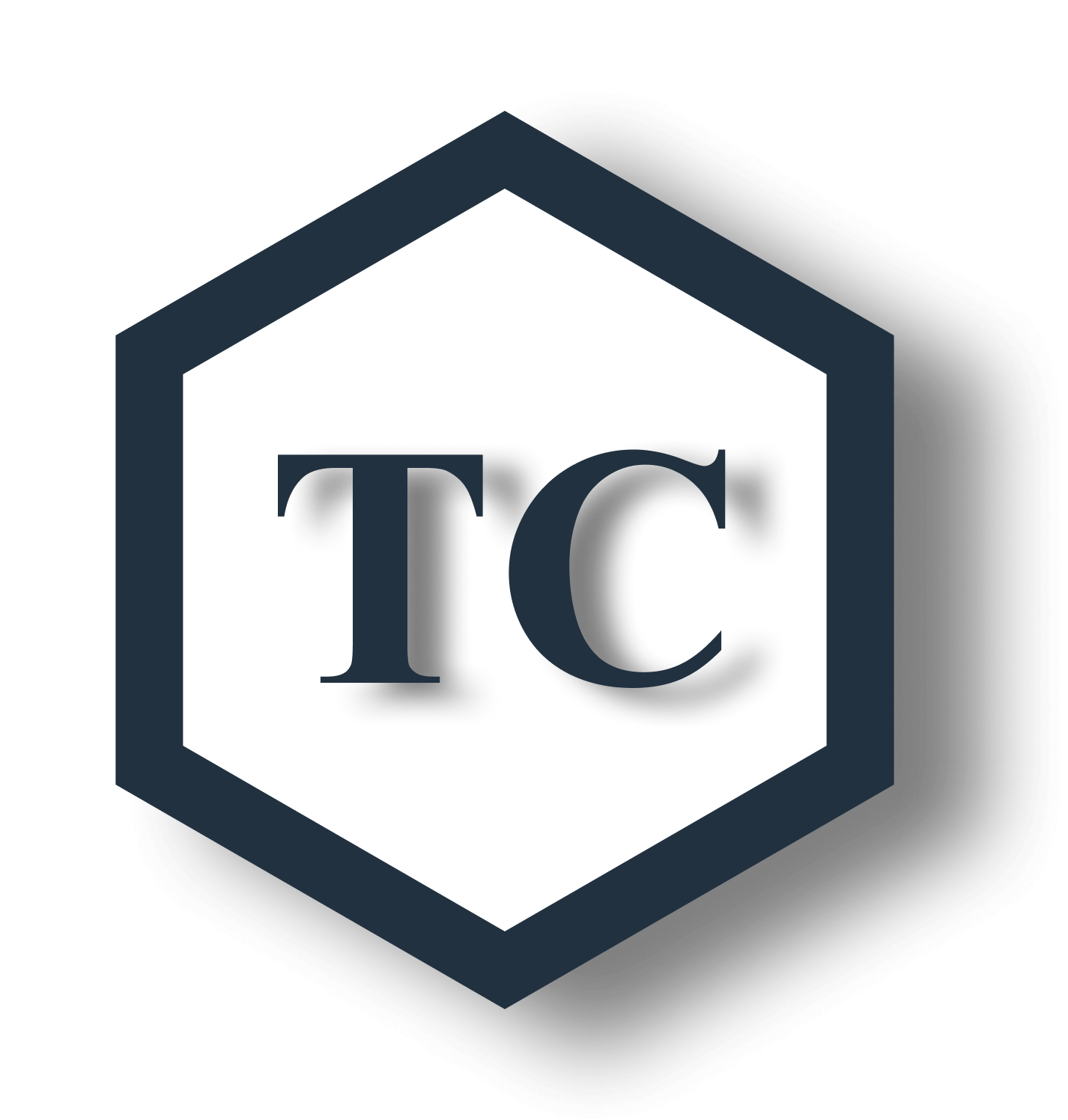Our Process

Step 1: Development
Step 1: Development
- Risk assessment and prioritization
- Scoping
- Road-mapping
- Resource appropriation
- Readiness assessment
- Capabilities assessment
- Staffing needs
- Inter-dependency assessment
- Business case development

Discovery
Discovery
Our clients engage us to develop the necessary capabilities for embracing new strategies, overcoming challenges, and achieving growth. In all cases, we strategically position companies for success by conducting a thorough discovery of the existing state. This comprehensive assessment may entail a range of activities including:
Our clients engage us to develop the necessary capabilities for embracing new strategies, overcoming challenges, and achieving growth. In all cases, we strategically position companies for success by conducting a thorough discovery of the existing state. This comprehensive assessment may entail a range of activities, including
Stakeholder Analysis: Identify key stakeholders and their influence on the change initiative.
Current State Assessment: Evaluate existing processes, structures, and practices.
Change Readiness Assessment: Evaluate the organization’s readiness for change.Data Collection: Gather insights through surveys, interviews, and focus groups.Risk Assessment: Identify potential risks and develop mitigation strategies.Leadership Engagement: Assess senior leaders’ commitment and involvement.
- Stakeholder Analysis: Identify key stakeholders and their influence on the change initiative.
- Current State Assessment: Evaluate existing processes, structures, and practices.
- Change Readiness Assessment: Evaluate the organization's readiness for change.
- Data Collection: Gather insights through surveys, interviews, and focus groups.
- Risk Assessment: Identify potential risks and develop mitigation strategies.
- Leadership Engagement: Assess senior leaders' commitment and involvement.
Diagnose
Following a comprehensive assessment of the current state, our focus shifts to a rigorous analysis aimed at uncovering the root causes that hinder organizations from achieving breakthroughs and progressing towards the desired future state. Throughout these analyses, as issues become evident, we maintain transparent communication with key stakeholders, ensuring ongoing alignment. Primary tasks include:
- Root Cause Analysis: Identify and analyze fundamental factors hindering progress.
- Gap Analysis: Compare current state to desired future state to pinpoint gaps.
- Issue Prioritization: Rank and prioritize challenges based on impact.
- Cause-and-Effect Mapping: Understand relationships between causes and effects.
- Data-Informed Solutions: Develop solutions backed by data-driven insights.

Diagnose
Step 2: Change Planning
- Vendor selection
- Resource phasing
- Training and coaching
- Communication planning
- KPI development
- Sponsorship selection
- Change policies development
- Value targets definition

Step 2: Change Planning

Design
Design
After client alignment and agreement, we enter the Design phase. Here, we develop tailored roadmap, projects, and programs to address critical issues and needs. Solutions are translated into organized projects with comprehensive change management plans. These solutions include leadership and professional development, organizational and work process redesign, team-building, executive coaching, talent management, and change strategies. Key activities include:
After client alignment and agreement, we enter the Design phase. Here, we develop tailored roadmap, projects, and programs to address critical issues and needs. Solutions are translated into organized projects with comprehensive change management plans. These solutions include leadership and professional development, organizational and work process redesign, team-building, executive coaching, talent management, and change strategies. Key activities include:
Project Set-Up: Establish structured framework, roles, and timelines.Stakeholder Assessments: Identify perspectives and concerns of key stakeholders.Change Impact Studies: Analyze how changes affect different aspects of the organization.KPI Definition: Define measurable indicators for monitoring progress.OCM Setup: Establish resources and strategies for guiding change adoption.
- Project Set-Up: Establish structured framework, roles, and timelines.
- Stakeholder Assessments: Identify perspectives and concerns of key stakeholders.
- Change Impact Studies: Analyze how changes affect different aspects of the organization.
- KPI Definition: Define measurable indicators for monitoring progress.
- OCM Setup: Establish resources and strategies for guiding change adoption.

Step 3: Implementation
Step 3: Implementation
- Team development
- Portfolio management
- Vendor management
- Monitoring and reporting
- Issues resolution
- Performance Management
- Training and communication
- Leadership development
- Change IQ delivered!
Deliver
Toba facilitates project management, organizational change management, and specialized consulting throughout the solution delivery. The paramount goal is the seamless integration of our solutions within client organizations. Achieving this demands the operationalization and continual reinforcement of our solutions, designed to align with these objectives. Our effectiveness is quantifiably measured, ensuring clients witness tangible andmeaning outcomes. Essential activities include:
- Communication: Maintain clear, consistent communication to ensure employees understand changes, benefits, and how they’re impacted.
- Stakeholder Engagement: Engage stakeholders to address concerns, gather insights, and promote buy-in throughout the implementation.
- Continuously measure progress against KPIs and success criteria to assess change effectiveness and make informed adjustments.
- Coaching: Provide coaching to leaders and employees to support their transition to new roles and processes.
- Project Management and Reporting: Ensure project milestones are achieved, and issues are addressed through effective project management and regular reporting.



